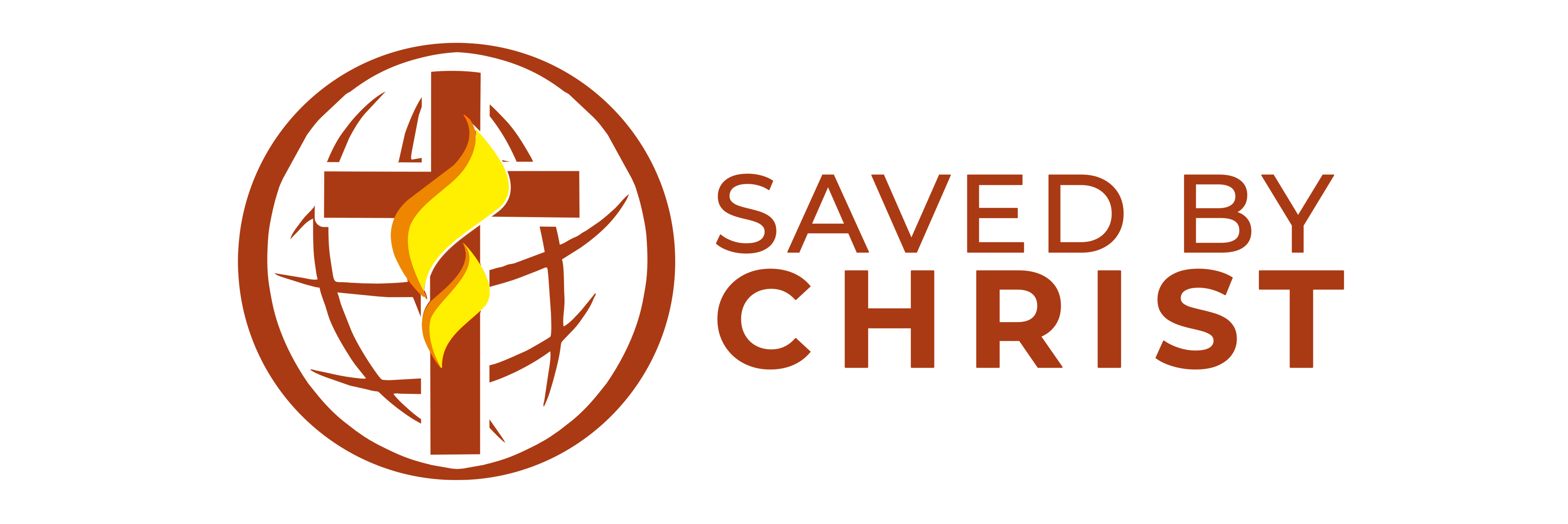Building Web Applications Using Ethereum for Bitcoin
As the popularity of cryptocurrencies continues to grow, developers are looking for ways to build applications that not only utilize these digital currencies but also leverage their underlying blockchain technology. In this article, we’ll explore how to develop web applications using Ethereum that make use of Bitcoin.
What is Ethereum?
Ethereum is an open-source, decentralized, and programmable blockchain platform that enables the creation of smart contracts and decentralized applications (dApps). It’s a popular choice for building a wide range of applications, from simple web applications to complex enterprise systems.
How do I get started with Ethereum?
To develop web applications using Ethereum for Bitcoin, you’ll need to:
- Install Node.js: Node.js is the primary JavaScript runtime environment for Ethereum. You can download it from the official website.
- Set up a blockchain node: A blockchain node is responsible for verifying transactions and maintaining the integrity of the Ethereum network. You can use either the official Ethereum testnet or a third-party node provider like Infura.
- Choose an Ethereum compiler: There are several ways to compile smart contracts on Ethereum, including Webpack, Babel, and Truffle.
Using Truffle for Smart Contract Development
Truffle is one of the most popular toolchains for building, testing, and deploying smart contracts on Ethereum. Here’s a high-level overview of how you can use Truffle:
- Create a new project: Create a new folder for your project and initialize it with Truffle.
- Install necessary packages: Install dependencies like Webpack, Babel, and Truffle.
- Write your smart contract: Write your smart contract using Solidity, the programming language used by Ethereum.
- Compile your contract: Use Truffle to compile your smart contract into a bytecode format called ABI (Application Binary Interface).
- Deploy your contract
: Deploy your contract to the Ethereum network.
Building Web Applications with Ethereum and Bitcoin
Now that you have a solid understanding of how to develop smart contracts on Ethereum, let’s explore some ways to build web applications using these technologies:
- Web3.js: Web3.js is a popular JavaScript library for interacting with the Ethereum blockchain. You can use it to create web applications that interact with the Bitcoin network.
- Infura: Infura provides a platform for building decentralized applications (dApps) on top of Ethereum and other blockchains. You can use their API to interact with smart contracts and access the Bitcoin network.
- Ethereum WebAssembly: WebAssembly is a binary format that allows you to compile Solidity code into WASM (WebAssembly). This enables you to run your smart contract on the web without needing an Ethereum node.
Example: Building a Simple Web Application
Here’s an example of how you can build a simple web application using Truffle and Bitcoin:
- Create a new project: Create a new folder for your project and initialize it with Truffle.
- Install necessary packages: Install dependencies like Webpack, Babel, and Truffle.
- Write your smart contract: Write your smart contract in Solidity to define the functionality of your web application.
- Deploy your contract: Deploy your contract to the Ethereum network using Truffle.
Example Code
« `javascript
// src/contracts/SimpleWebApp.sol
pragma solidity ^0.8.0;
import «
